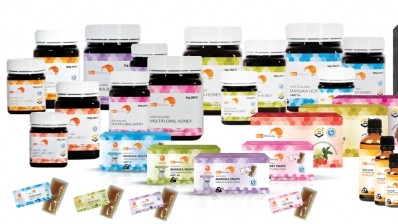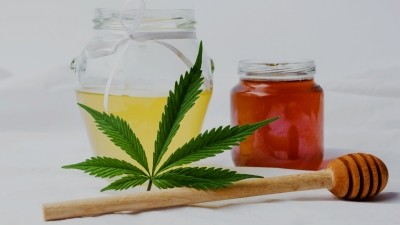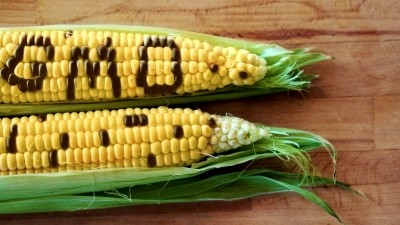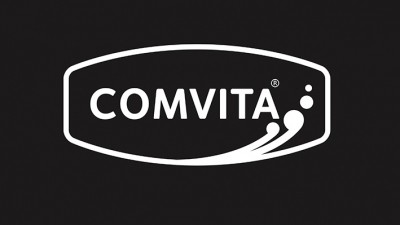NZ mānuka honey industry could have new testing standards by Christmas
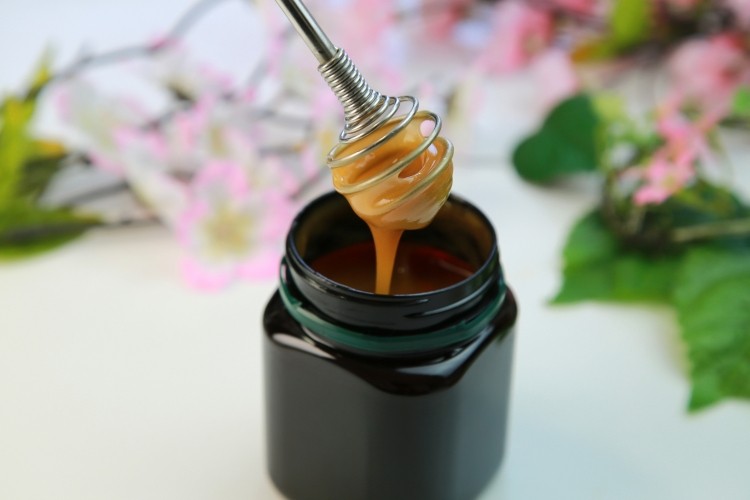
Damien O'Connor, the country's new agriculture minister, plans to adhere to his predecessor's intended pre-Christmas deadline for testing standards for mānuka honey producers.
He told local media the new standards would be set "as quickly as possible".
UMF (Unique Mānuka Factor) Honey Association GM John Rawcliffe said, "We are still aiming for (before Christmas) but working to ensure that there's widespread support from across the industry."
He said that between the government and the industry, there was sufficient scientific evidence to justify officially setting the proposed standards.
In fact, UMF has spent just shy of $1m to test for mānuka markers found in pollen nectar, and to patent those markers overseas.
Drafting drama
According to former agriculture minister David Bennett, the previous draft included a DNA test and a test for four identifying chemical components, under industry consultation.
Bill Savage, a mānuka honey maker from East Cape, called it "a mess", in part due to its DNA- and pollen-testing.
He said the pollen from the mānuka trees was 'indistinguishable' from that of the kānuka trees, and that the DNA test needed work because of a compound in the honey that gradually breaks down DNA.
"High-grade honeys could fail the test because by the time they've been sitting in the jar for a year, there's no DNA left in them."
O'Connor revealed that due to the draft's flaws — which had been highlighted in meetings with industry — he wanted to make the necessary changes before announcing the finalised testing standards.
Rawcliffe said a test for three or four chemical signatures would be "the best option".
In addition, he said high-grade brands could be badly affected by false negatives in a DNA test and as such, suggested it be removed from the government standard.
Trademark troubles
In addition to regulatory changes, New Zealand's mānuka honey industry has been at odds with Australia's over trademarking the mānuka honey name.
Since 2015, many Australian beekeepers have been displeased by UMF's attempt to gain the exclusive rights to market mānuka honey in five countries, including the UK, US, China and Australia.
A large number of Kiwi honey producers want protected status for mānuka honey so only their products can be labelled as such.
Aussie honey producers, on the other hand, feel their honey should be also called mānuka, since it is obtained from the same plant Kiwi mānuka honey firms use.
Rawcliffe said, "Our initiative is not an anti-Australian thing. The most important thing is to protect the customers.
"Mānuka is a Maori word and it's crucial that mānuka honey can be authenticated and related to a terroir, a climate, exactly like champagne."
The Australian Mānuka Honey Association's Paul Callender disagreed, saying Australia has 80 varieties of mānuka honey, including one that is claimed by New Zealand but that is actually native to Tasmania.
He added, "We have cheaper price acquisition and operating costs than the Kiwis, but they are very good in marketing. So why not become partners instead of fighting?"
Market for mānuka
At present, mānuka honey accounts for 80% of the $242m New Zealand’s honey industry makes in exports, with a $1.2bn export revenue target solely for mānuka honey by 2028.
It has become immensely popular over the years, thanks to its purported anti-inflammatory and antiseptic properties that are said to improve skin condition, digestion, and the immune system.
Compared to other types of honey, mānuka contains a particularly high level of the antimicrobial molecule, methylglyoxal (MGO). Though scientific proof to support the health claims surrounding mānuka honey is scant, it is widely used not just as a food but also in cosmetics.
